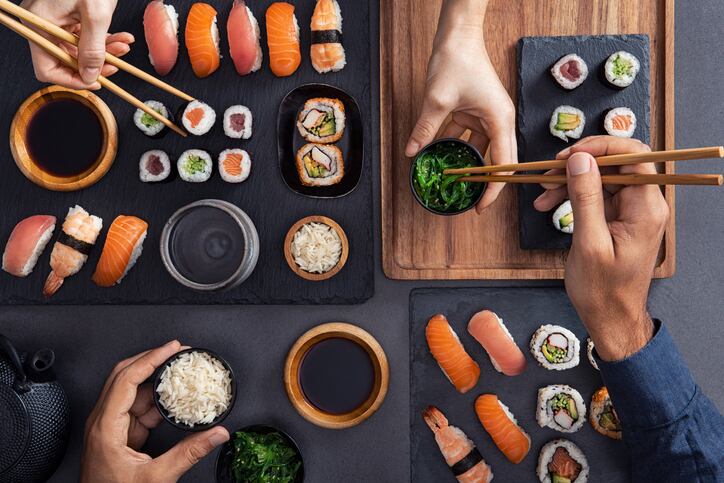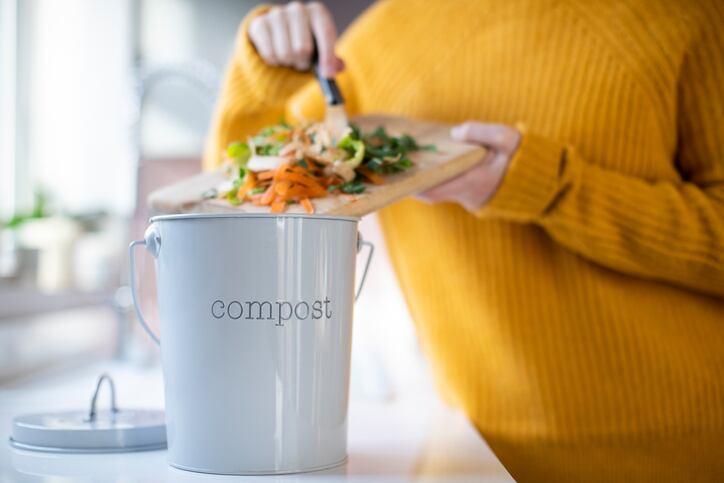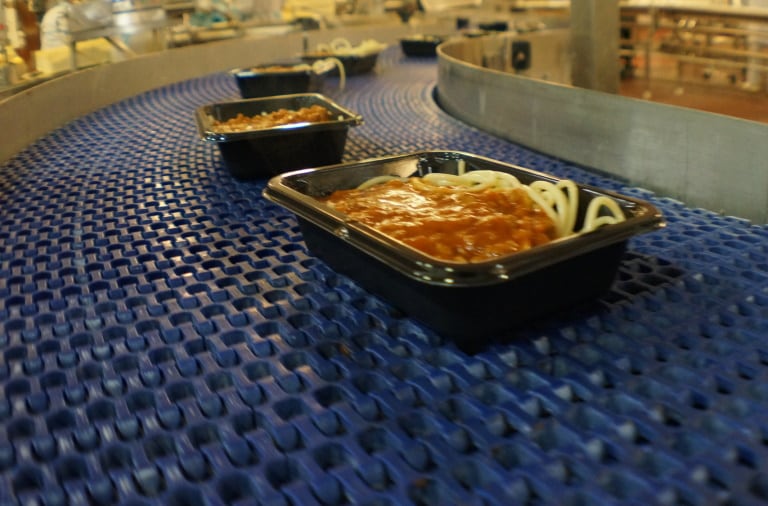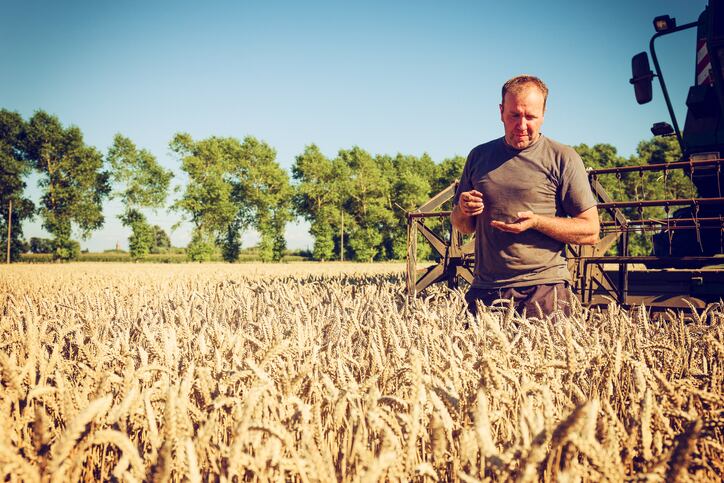These facts very clearly present massive opportunities for the food industry to capitalise on the specific needs of what is a rapidly expanding, and often affluent, consumer group keen to explore foods associated with slower cognitive decline.
Are we making the most of these opportunities? According to a recent report from Barclays, the food industry should do more to meet the nutritional needs of the ageing population. It complains the number of new products launched that cater to ‘silver surfers’ and ‘baby boomers’ pales in comparison to NDP targeting trendy millennials or Generation Zers. “The narrative on ageing needs to evolve. Living longer, healthier lives will impact people of all ages and there are many opportunities for the nutrition industry in particular to adapt these offerings,” said Barclay’s head of sustainable and thematic investing, Hiral Patel.
The traditional Mediterranean diet -- typically high in vegetables, fruits, legumes, nuts, beans, cereals, grains, fish, and unsaturated fats such as olive oil, and which usually includes a low intake of meat and dairy foods -- is known to be one of the healthiest dietary patterns in the world due to its relation with a low morbidity and mortality for some chronic diseases and therefore longevity and quality of life.
The traditional Japanese diet, too, is thought to play a significant role in the nation’s high life expectancy. Japan's number one position in terms of longevity has only just been taken away by Singapore, according to the latest WHO data.
Hisaaki Kato, CEO of Smoothlink Japan, which advises multi-national businesses on the challenges of selling into Japan’s food marketplace, told FoodNavigator’s Positive Nutrition Digital Summit the traditional Japanese diet -- called Washoku – shares nutritional similarities with the Mediterranean diet.
Washoku is a well-balanced and healthy diet that relies on diverse and fresh ingredients, he explained. Its foundation is based on the principle of “one soup and three dishes” of rice, pickled vegetables or fish. Washoku is as much a philosophy as it is a culinary tradition, with heavy emphasis on seasonal ingredients, a balance with nature, home cooking and shared time for families. The diet is characterised by ‘the expression of beauty and nature’ and ‘connections with annual events’. The cuisine’s rituals have traditionally been handed down from generation to generation to strengthen the bonds of the community.
“One of the main concepts of Washoku is to eat natural food raw as much as possible. Another concept is to use much water to make broth for cooking. The main cooking methods are grilling, boiling, and steaming, and the seasoning is quite simple to make the most of the ingredients' taste. Dishes are light and straightforward because of soy sauce and miso, both fermented seasonings, and no spices.”
In Europe we add, in Japan they subtract
“There is a saying, Japanese food is the subtraction, and Western food is the addition,” revealed Kato. “Japanese food is prepared by removing the useless parts of the ingredients and cooking only the core parts. In contrast, Western food is prepared by adding various seasonings and herbs to the dishes.”
This is explained by the fact Japan spent much of its pre-19th century history excluded from outside influence. “Japanese food originated in an island nation surrounded by the sea, making it relatively easy to obtain fresh, high-quality ingredients anywhere in the country. Therefore, it is unnecessary to make extra adjustments to the ingredients' quality,” explained Kato.
“On the other hand, Western food originated in Europe, a continent with a vast land area. It took a long time to transport ingredients, and there was no freezing and refrigeration technology that there is today, so it was relatively rare to find fresh ingredients. People used herbs to take away the smell and sauces with various seasonings to make the food more delicious.”
Traditional dietary habits are dying out, fuelling sustainability concerns
Traditional Japanese food is one of the best models for preventing dementia and other health problems, he added. Studies have shown the cuisine is associated with increased activity of genes involved in carbohydrate and lipid metabolism, activated energy consumption and decreased cholesterols in liver and blood sugar level. The diet has also been shown to reduce lifestyle-related and age-related diseases, and to increase life expectancy.
The UN's cultural organisation added traditional Japanese food to its Intangible Cultural Heritage list in 2013. It was hoped the accolade would help preserve Washoku. But like in Europe, where generational rifts are replacing the split between Latin and Anglo-Saxon food traditions, Japan’s food heritage is being modified by 21st century consumerism.
The per capita consumption of rice has been decreasing, while meat eating is rising, according to Kato. Western cuisines are gaining in popularity among all generations, he said, and sustainability has become a common concern among all ages as Washoku’s traditional emphasis on seasonality is lost.
In Japan, the most critical issue is food loss. Japan throws away more than six million tonnes of food waste each year, that’s despite the country having one of the lowest food self-sufficiency rates among major world economies.
“Japan's food self-sufficiency rate is 38% and even though we rely on imports from overseas for most of our food, we are still throwing away this much food,” said Kato.
Missed any of the FoodNavigator Digital Summit 2021: Positive Nutrition? Don't worry, you can still access all of our sessions and handouts, which will be available on-demand for the next 90 days. Click here to REGISTER FOR FREE.





